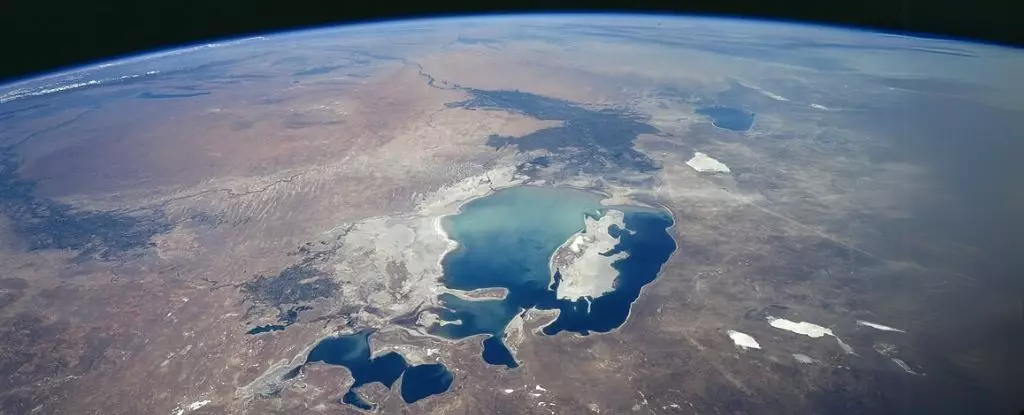In the mid-20th century, the Aral Sea, once a jewel in Central Asia, occupied a vast area of 68,000 square kilometers, marking it as the fourth largest lake in the world. This expansive body of water played a crucial role in supporting diverse ecosystems and the livelihoods of millions. However, due to misguided agricultural policies and extensive water diversion projects initiated during the Soviet era, the Aral Sea has faced catastrophic decline. By 2015, the once-thriving lake had shrunk to a mere 8,000 square kilometers, resulting in the emergence of Aralkum Desert—a stark reminder of human intervention and environmental mismanagement.
The consequences of this environmental disaster are horrendous, affecting approximately 3 million people in surrounding communities. Ibrahim Thiaw, the Executive Secretary of the United Nations Convention to Combat Desertification, aptly characterized this crisis as one of the most significant environmental disasters worldwide. The increasing dust levels, a direct result of the lake’s evaporation, have substantially altered the air quality in cities over 800 kilometers away, with atmospheric dust nearly doubling between 1984 and 2015.
The ecological degradation has cascaded into the realms of public health and agriculture. The fine particulates from the now-exposed lakebed contain toxic remnants from past Soviet chemical weapons testing, along with agricultural fertilizers and pesticides, leading to a troubling increase in a variety of health issues. Residents in the region report soaring incidents of respiratory problems and heightened rates of congenital disabilities among newborns.
Moreover, the surrounding agricultural landscape suffers substantially from the effects of harmful aerosols. Storms spread toxic salts over vast distances, decimating crops and contaminating precious drinking water sources. Farmers who once thrived from rich fishing and fertile land now find themselves grappling with an uncertain future, while ghostly, rusted fishing boats dot the barren shores—a haunting representation of what once was.
The systemic mismanagement traced back to the 1960s saw the Amu Darya and Syr Darya rivers redirected for the expansive cotton irrigation projects that the Soviet Union prioritized. This decision marked the beginning of the end for the Aral Sea, as these crucial rivers, once feeding the lake, were siphoned off for agricultural exploitation. The large-scale irrigation diverted to 7 million hectares of cotton fields decimated the natural water sources, causing a chain reaction that drove salinity levels in the remaining water to exceed those of the ocean, obliterating the lake’s native aquatic life.
The fallout from this ecological disaster transcends local borders, serving as an ominous warning regarding global water management practices. Dwindling freshwater sources can be observed worldwide, afflicting regions in Africa, the Middle East, Europe, Australia, and even the United States. The Aral Sea serves as a sobering reminder of the consequences of relentless industrial agricultural pursuits and a critical wake-up call for prioritizing sustainable environmental practices.
Despite the grim realities, there are efforts underway aimed at rehabilitating the former lakebed. Local scientists are exploring vegetative means to stabilize the toxic dust and restore a semblance of ecological balance. International entities like the European Union and USAID have expressed willingness to assist in these restorative initiatives, but these endeavors face significant obstacles in financing and feasibility.
The tragedy of the Aral Sea is not merely a localized catastrophe but rather a significant lesson that reverberates around the globe. Similar environmental crises unfold in various locales, emphasizing the urgent need to rethink our relationship with water management in agriculture and industry. As the Aral Sea fades into memory, it stands as a poignant indication of the dire consequences that ensue when natural resources are exploited without regard for environmental integrity or sustainability. This environmental tragedy challenges us not only to reflect on our past actions but also to ensure that such a crisis is never repeated in any part of the world.


Leave a Reply